Report this entry
More from the same community-collection
Southwest University Park - Weigh - In - 2016
Photograph - Calista Silgado giving interviews at the weigh in ...
Weigh - In -Jennifer Han and Calista Silgado Fight - 2016
Louie Burke who is Jennifer Han's trainer being interviewed at ...
Weigh - In -Jennifer Han and Calista Silgado Fight - 2016
Calista Silgado being interviewed at the weigh - in, before the ...
Weigh - In -Jennifer Han and Calista Silgado Fight - 2016
Jennifer Han being interviewed at the weigh - in before her ...
Weigh - In -Jennifer Han and Calista Silgado Fight - 2016
Tom McKay with the Budweiser ladies at the weigh - in, before ...
Weigh - In -Jennifer Han and Calista Silgado Fight - 2016
Photograph taken during the weigh-in at Southwest University ...
Weigh - In -Jennifer Han and Calista Silgado Fight - 2016
Louie Burke - trainer for Jennifer Han being interviewed by Bill ...
Weigh - In -Jennifer Han and Calista Silgado Fight - 2016
Jennifer Han and Louie Burke at the weigh-in, before her fight ...
Weigh - In -Jennifer Han and Calista Silgado Fight - 2016
Tom McKay and friends meet up at the weigh-in for the Jennifer ...
Weigh - In -Jennifer Han and Calista Silgado Fight - 2016
Bill Knight at the weigh in for Jennifer Han and Calista Silgado ...
Weigh - In -Jennifer Han and Calista Silgado Fight - 2016
Bill Knight at the weigh in for Jennifer Han and Calista Silgado ...
Weigh - In -Jennifer Han and Calista Silgado Fight - 2016
Jennifer Han and Louie Burke at the weigh-in, before her fight ...
El Paso High School Varsity Volleyball Team 1985-86
El Paso High School Varsity Volleyball Team 1985-86
Polo Rancho Santa Maria - 2016
Liz Sinclair with friends at Rancho Santa Maria. Left to right: ...

















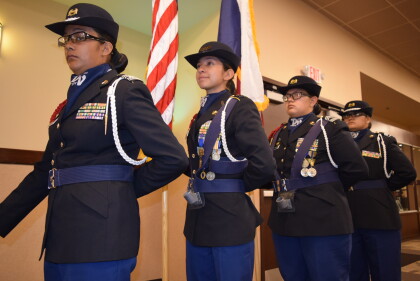
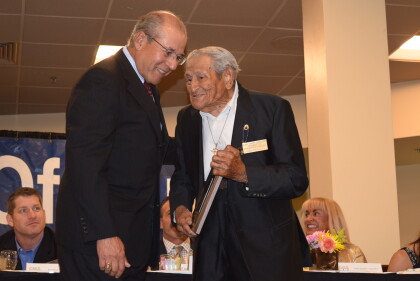
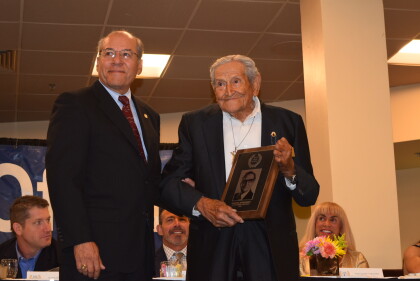


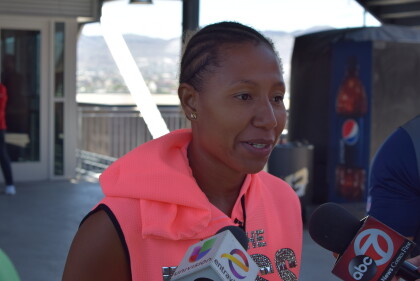
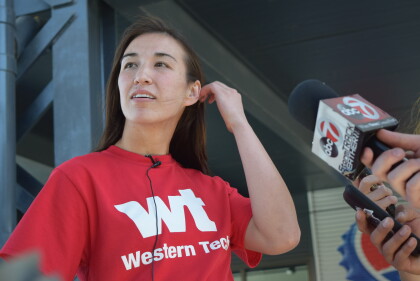


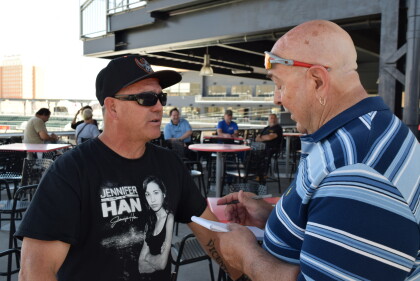
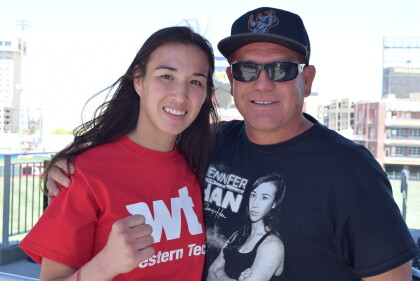

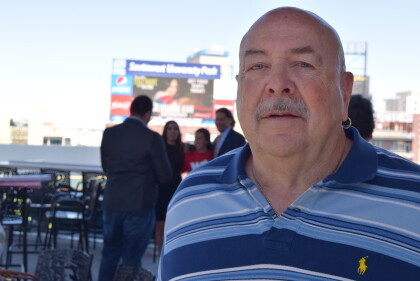
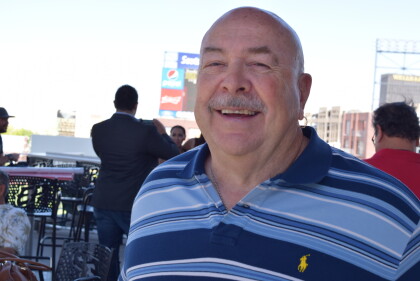
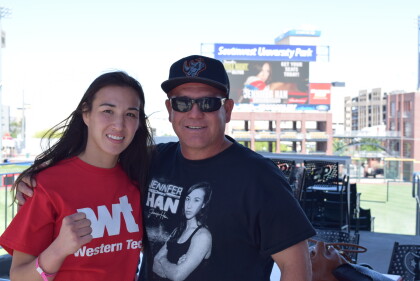

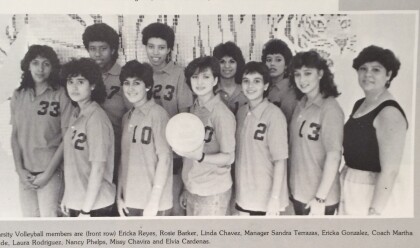
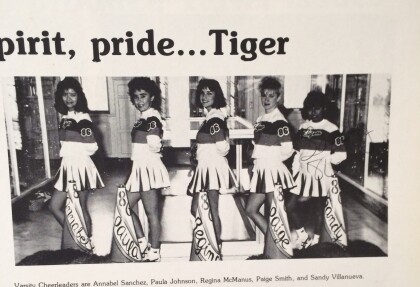
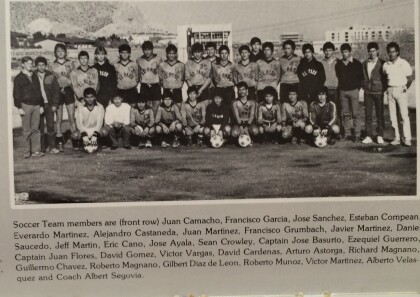
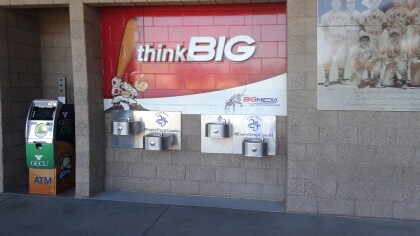


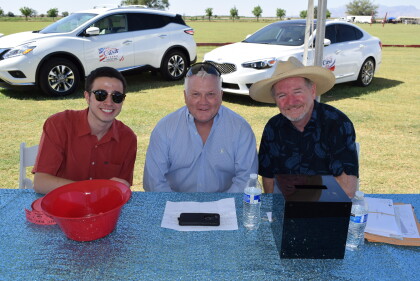
Comments
Add a comment